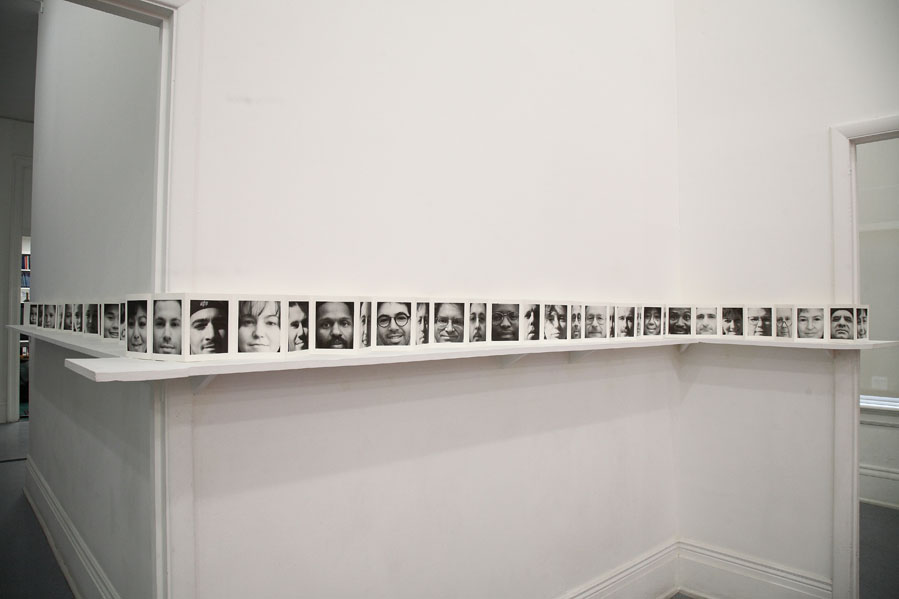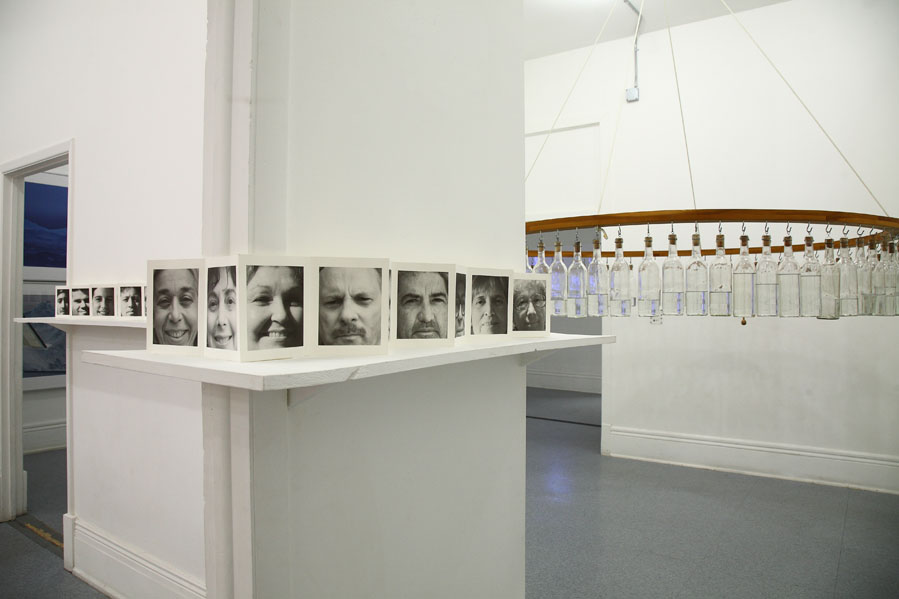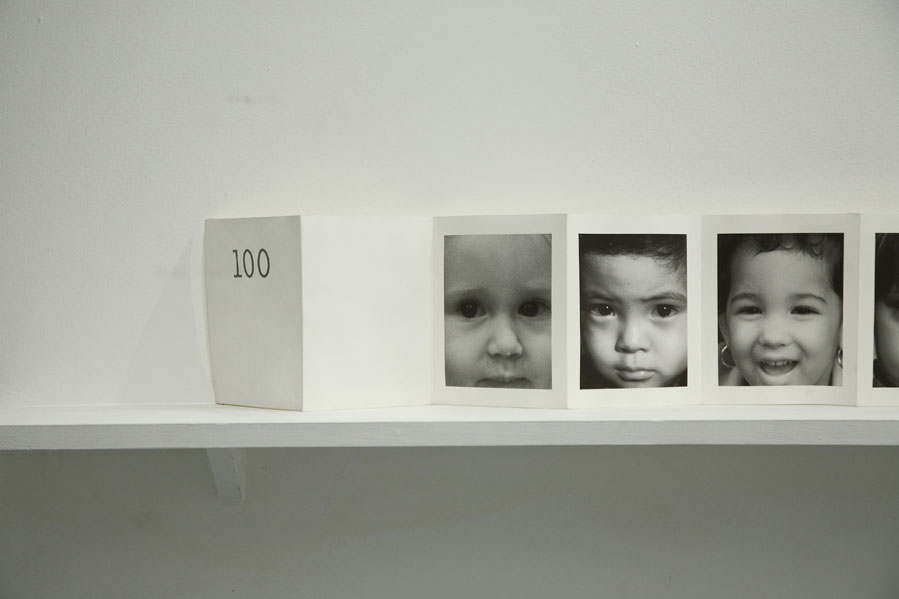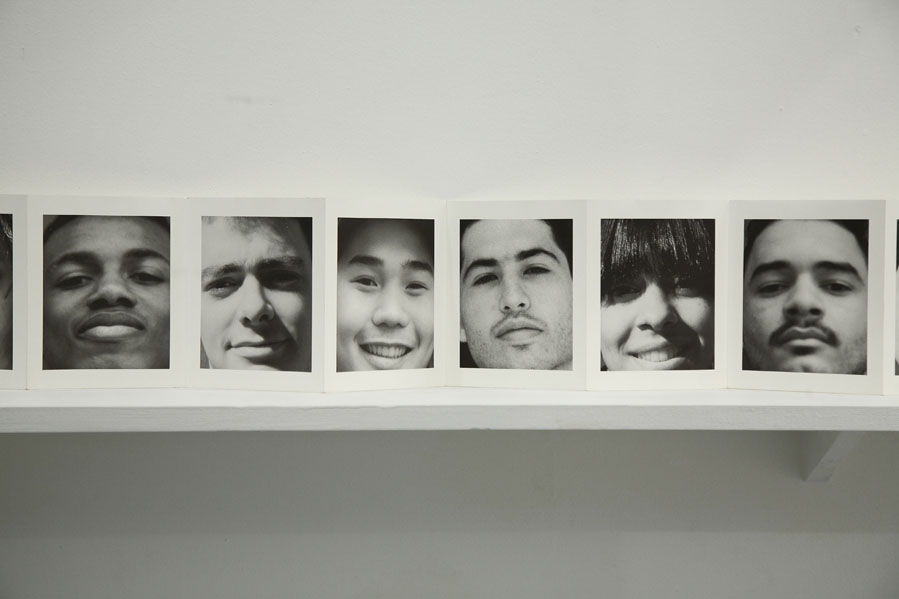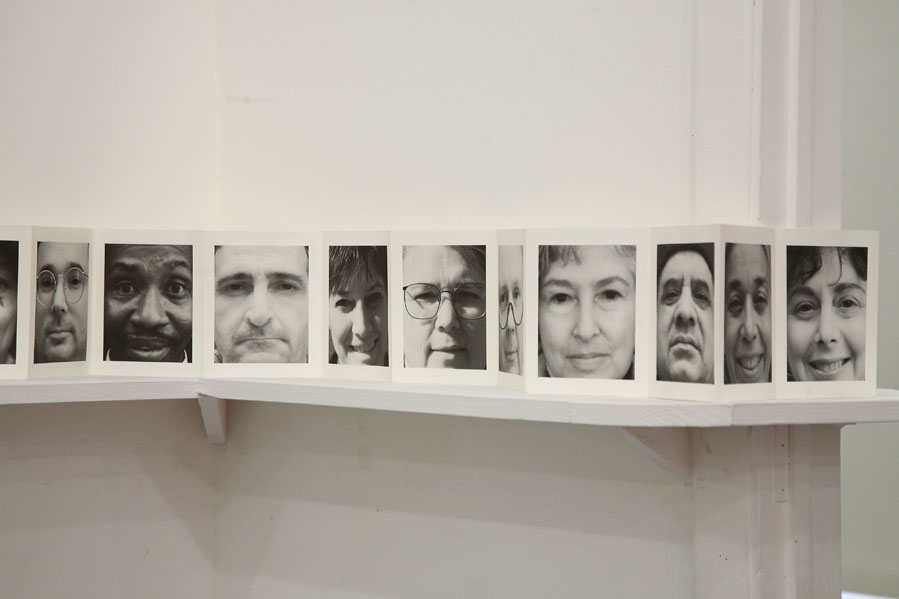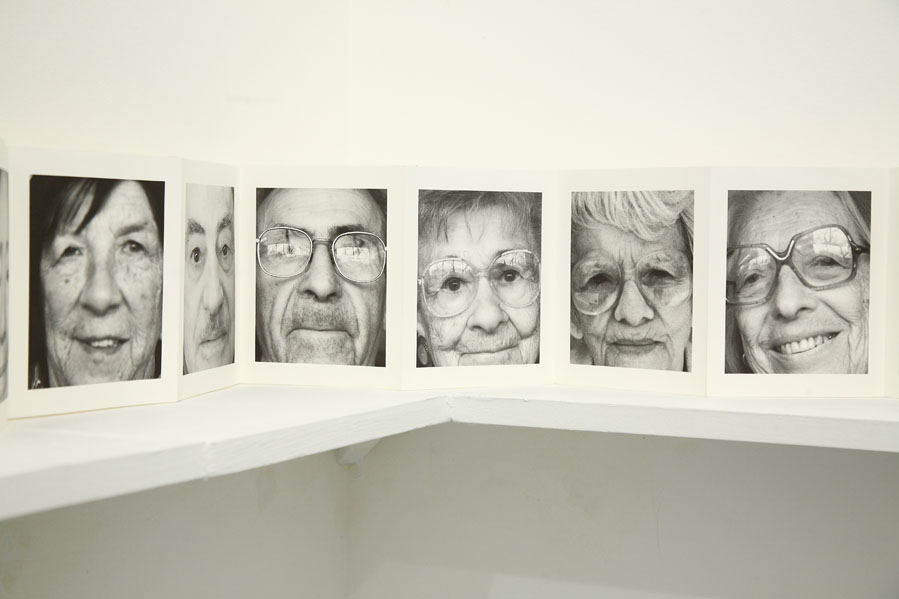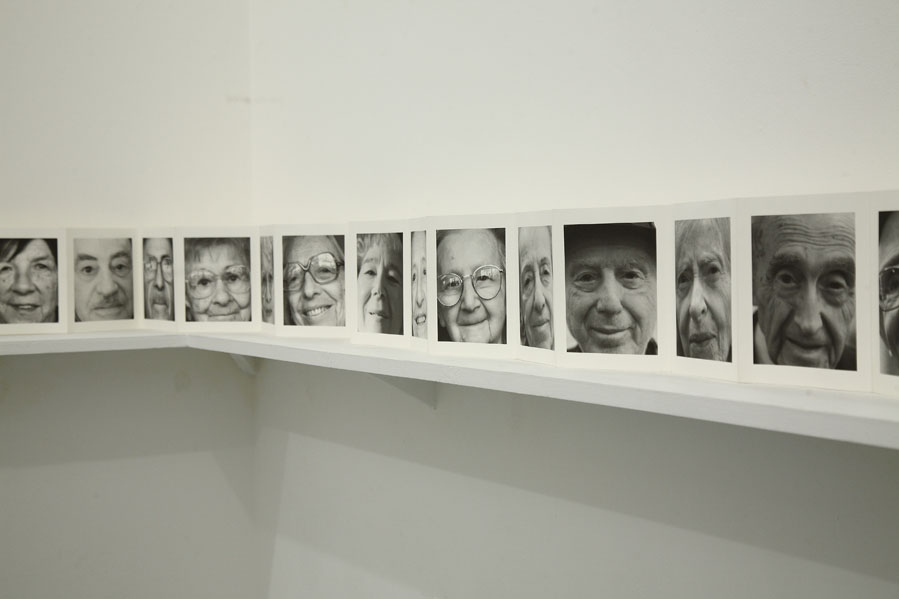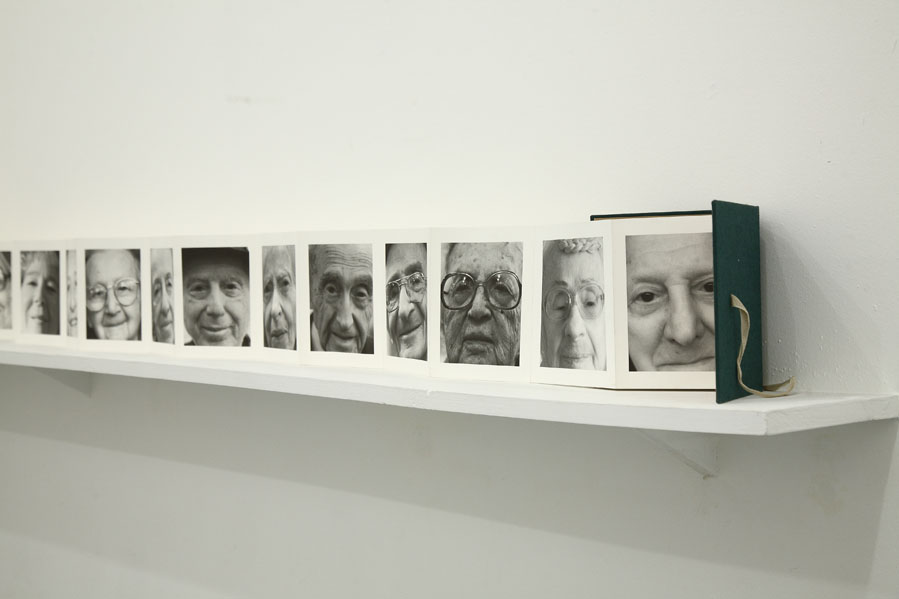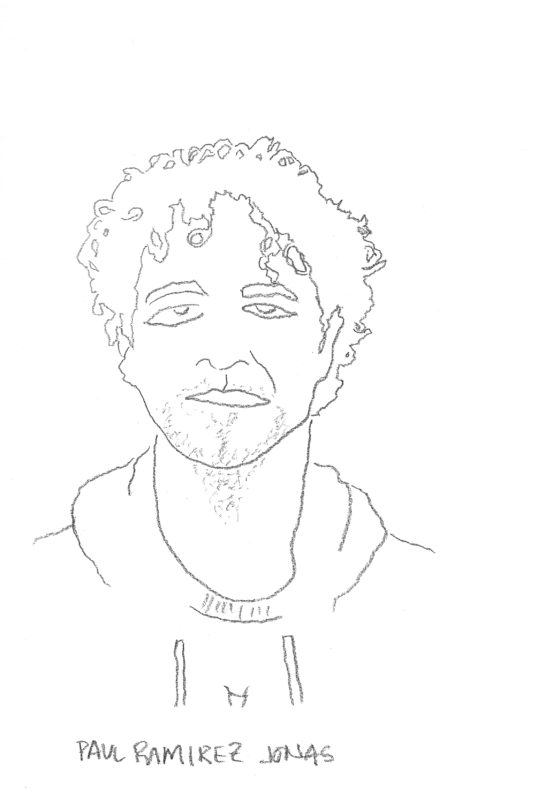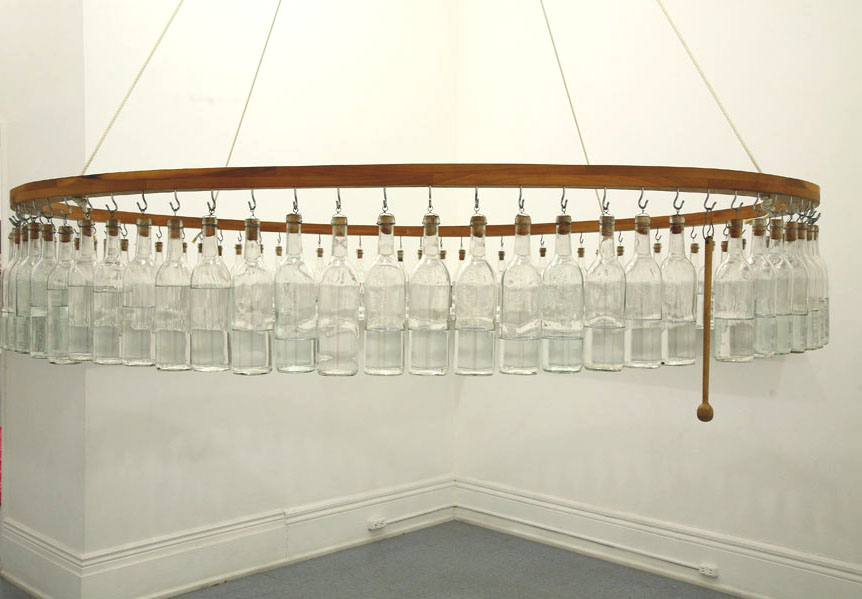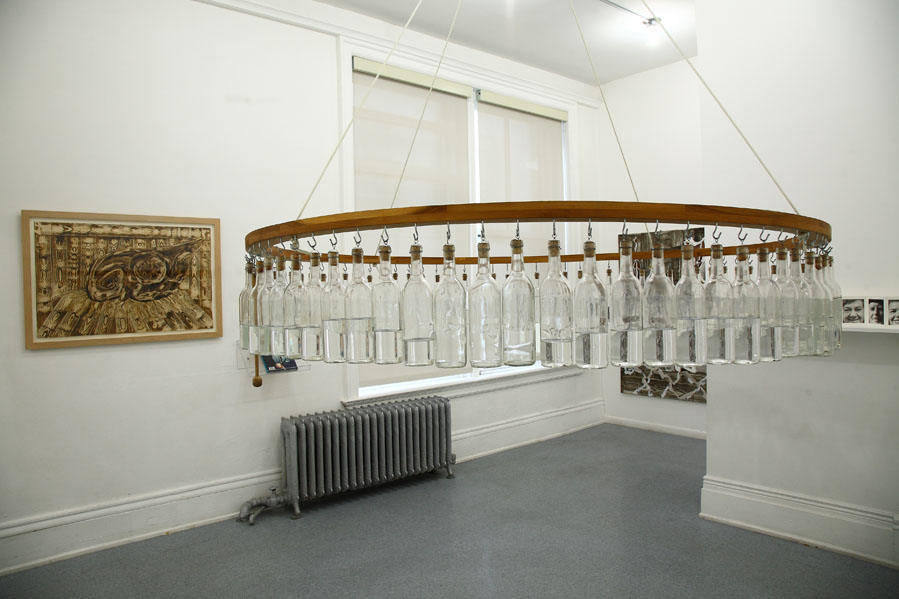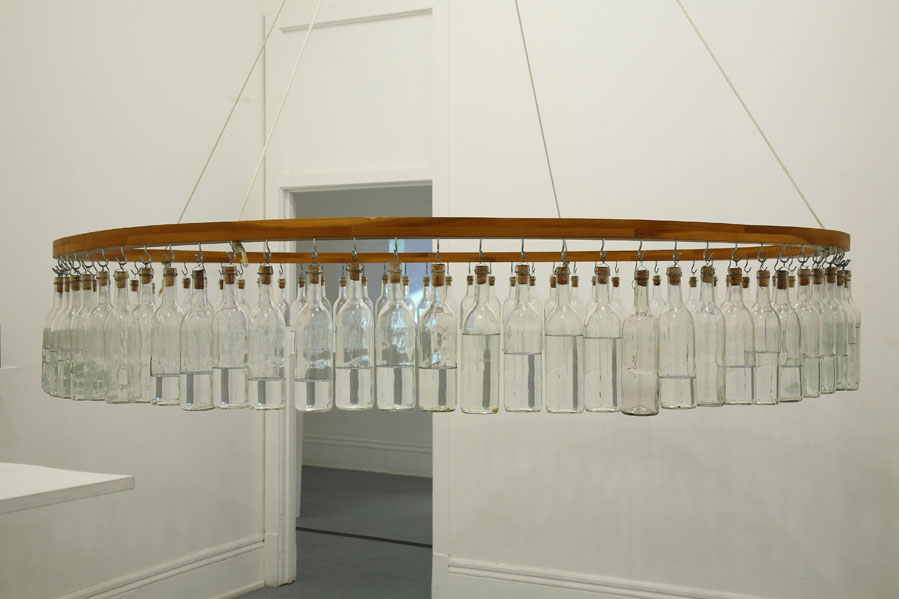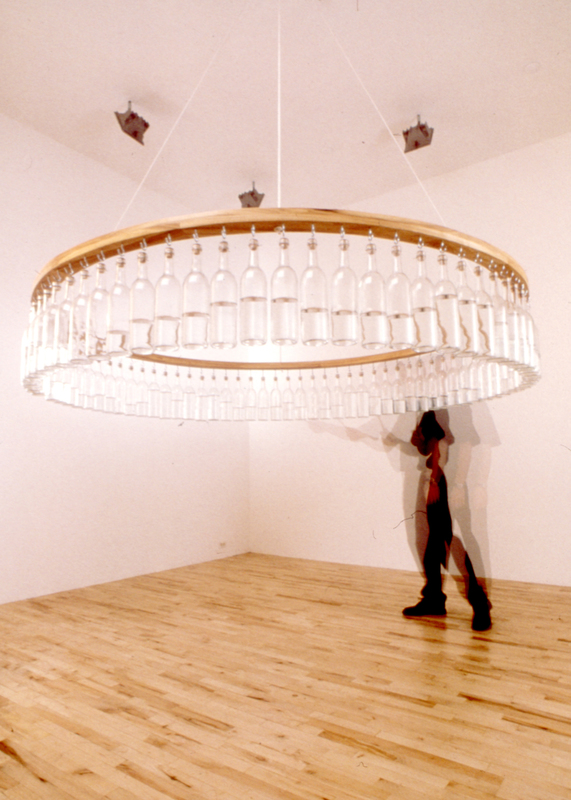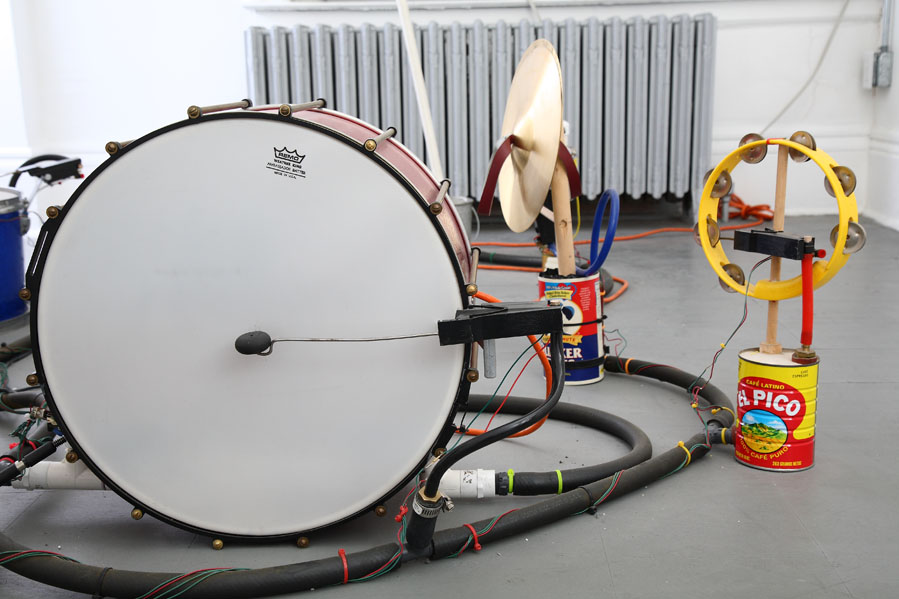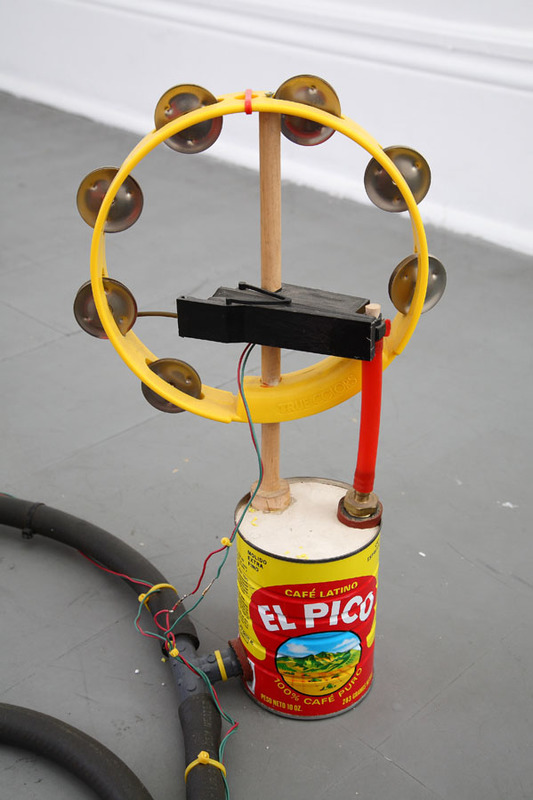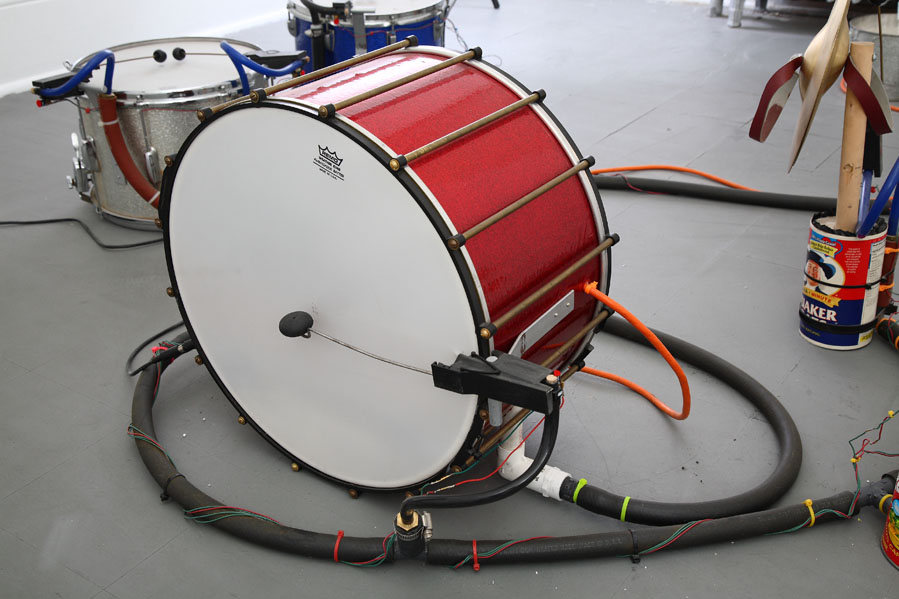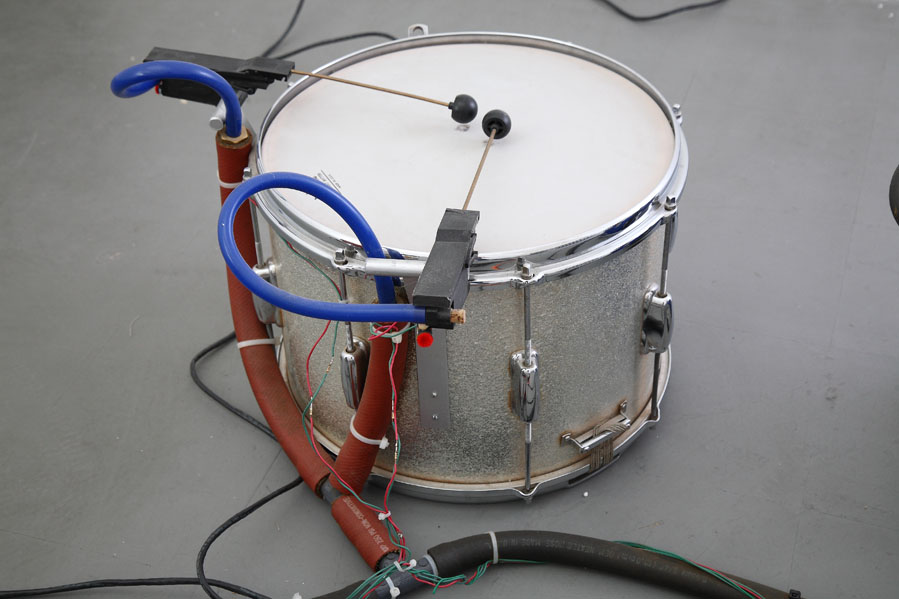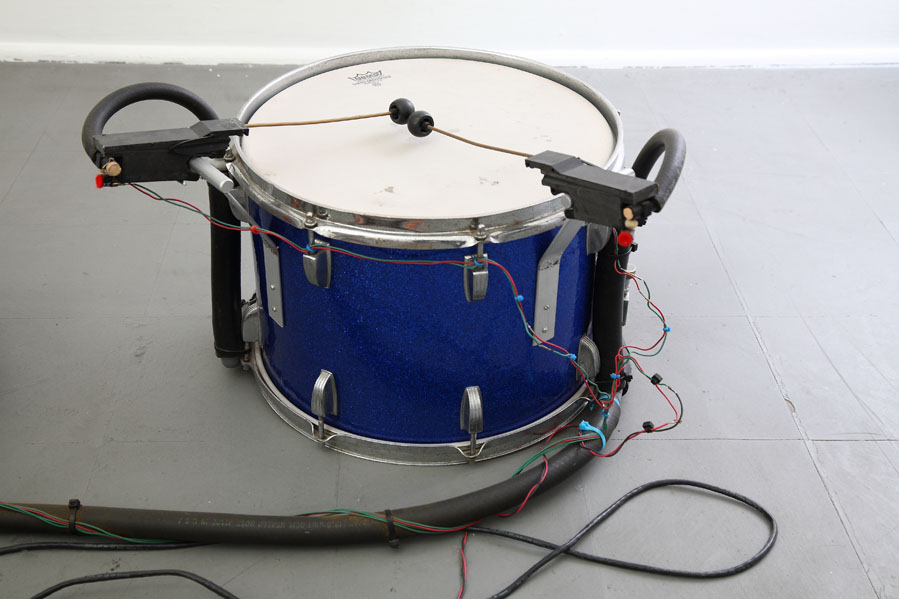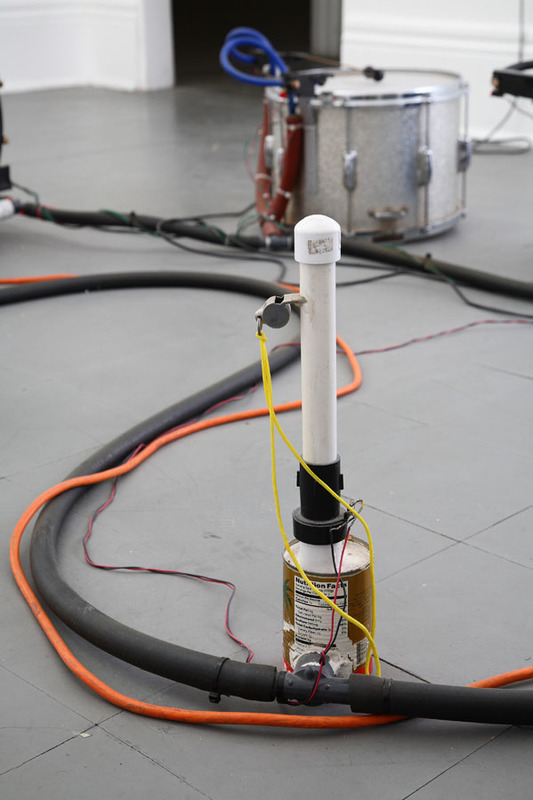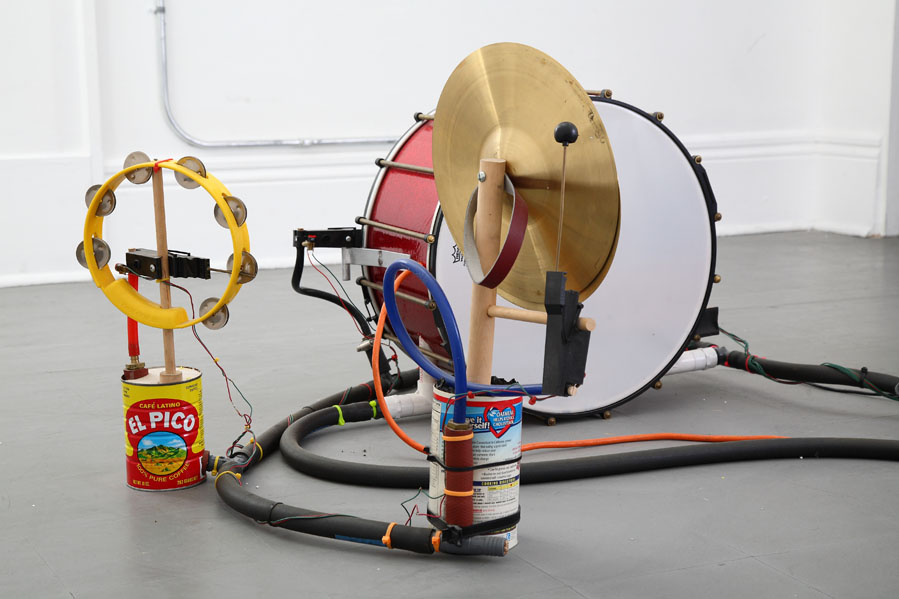Paul Ramírez Jonas
- Artist Statement
- Curator Statement
- zingmagazine project
- Website
Artist Statement
100
100 people aged zero through 99 are arranged in chronological order. The result is a simple timeline in which the viewer can place themselves.
His Truth Goes Marching On
Bottles are filled with different amounts of water to produce all the notes of “The Battle Hymm of the Republic” are transcribed into a corresponding bottle. When a viewer strikes each bottle in succession the bottles play the song. The story is in the object.
“The Battle Hymn of the Republic”
by Julia Ward Howe, 1861
John Brown’s body lies amould’ring in the grave,
John Brown’s body lies amould’ring in the grave,
John Brown’s body lies amould’ring in the grave,
His soul goes marching on!
Chorus
Glory, glory! Hallelujah! Glory, glory! Hallelujah!
Glory, glory! Hallelujah! His soul goes marching on!
He captured Harper’s Ferry with his nineteen men so true,
And he frightened old Virginia till she trembled through and through;
They hung him for a traitor, themselves the traitor cries
But his soul is marching on!
Chorus
Pause + Play
Pause and Play is an elaborate coo-coo clock. Upon entering the space the viewer is confronted by an alarm clock counting down a small amount of time (never more than 10 minutes). When the countdown reaches 0 the band plays a fragmented march for about a minute. Once it is done, it stops, a new random time is displayed in the alarm clock, and the waiting begins again. The entire situation is one of anticipation and waiting for an event, that although pleasurable, is altogether predictable. The clock is not to be trusted. It slowly shifts its rate from 30% slower to 30% faster. Amazingly, this difference is very hard to detect. The speed at which time passes always seems subjective. Waiting for the band to play is about the future. Meanwhile the band itself is an instrument of commemoration, observance and remembrance.
Curator Statement
100
Ramírez Jonas’s 100, an accordion collection of 100 photographs showing people ranging in age from zero to 99, sequenced chronologically, references similarities and differences between the individual and the whole. The images were first collected by photographing friends and acquaintances and assigning their ages to the representative linear placement. Later, the artist resorted to setting up a stand and collecting the “holes”—the ages yet to be placed. Resting in demure platitude on a shelf approximately 40 feet long, the photograph’s own meandering alludes to the disjointed yet connected reality or non-reality of the participants. Joined in this fashion, no one photograph exists individually—both literally (as with a house of cards, should one fall, so shall they all) and figuratively (the cast of characters creates any metaphysical whole: they all are the “any” man, woman, child, at 32, 67, 84, 9, 26, etc).
His Truth Goes Marching On
Paul Ramírez Jonas’s work examines issues of identity—the individual as a representation of “micro” vs the masses’ corporate history as representation of “macro”. Often Ramírez Jonas’s musings champion failures of this micro individual. As the tinkerer, Ramírez Jonas’s experiments go astray, but are nostalgically held onto, and re-realized through their ghosts. In His Truth Goes Marching On, Ramírez Jonas suspends a circular wooden armature from the ceiling; like crystals on a chandelier, it houses 80 bottles, each filled with different levels of water and sealed to represent a specific note in the musical alphabet. When tapped by a drumstick sequentially, the chandelier of bottles play “The Battle Hymn of the Republic”.
Does his truth go marching on? In a time when we are so dependent on the realities of modern technological living, the role of the individual vs the corporate in the technological jungle goes on. In this jungle, new species and new technologies have become a derivative business of multiple loading platforms: hence this prosaic adaptation of music, structure, and content proves even more heroic in its allusions to anonymity through specificity.
Pause + Play
“Pause” and “Play”: actions burnt like a CD into the hard drive of our consumer consciousness. Whether driving down the highway or adjusting our home entertainment consul, these concepts are very much a part of the electronic vernacular familiar to all. But the ability to stop an action and then start it up again, repeat and rewind, is a relatively new technology, say, since the 8 track. Paul Ramírez Jonas’ Pause and Play takes the directive commands we know so well and puts them to use in an old-fashioned band—complete with tambourine, cymbals, whistle, kick drum, snare drums, and even a banner. Electronically rigged to a digital alarm clock, this snake-like line of instruments, connected by black rubber hoses, sits idly. Maybe something happens, but probably not. Normally, when visiting a gallery, objects don’t have a mystique that includes a kinetic quality, or an tonal presence. Lots of times, art just appeals to visual aspects of our senses, and can surprise when other expectations are fulfilled, but every ten minutes this band will alert viewers to a new way of viewing/experiencing art/music/life.
Devon Dikeou

